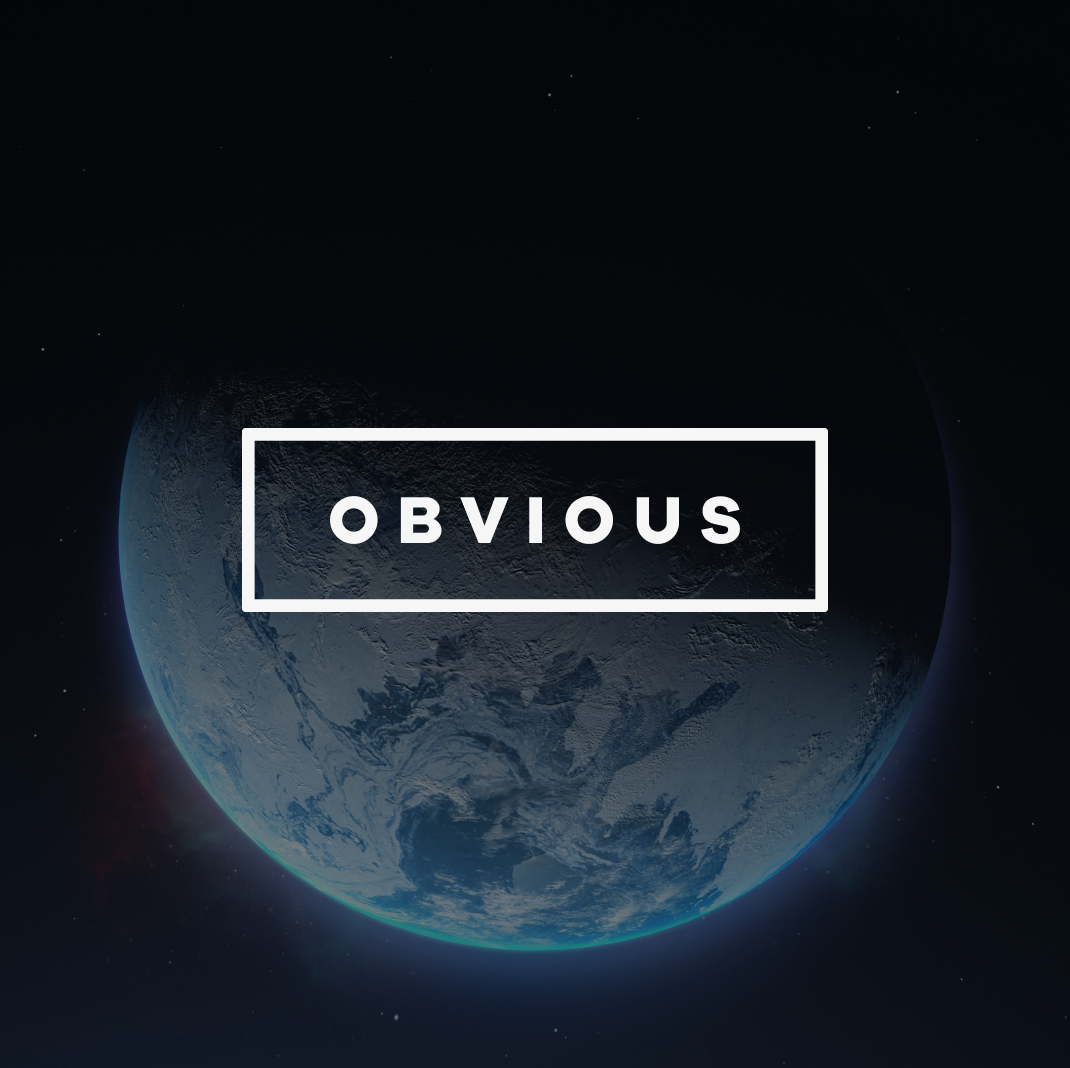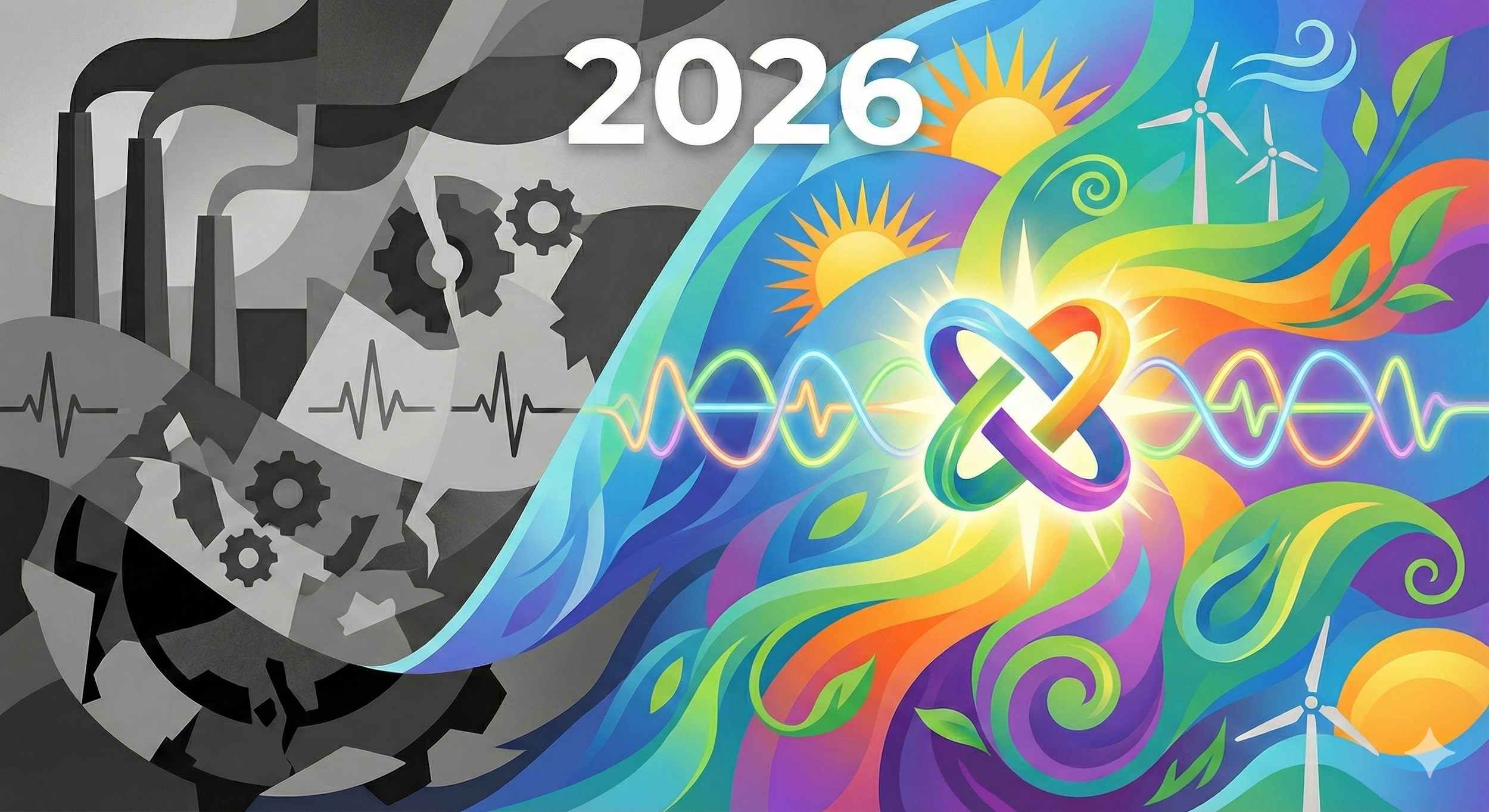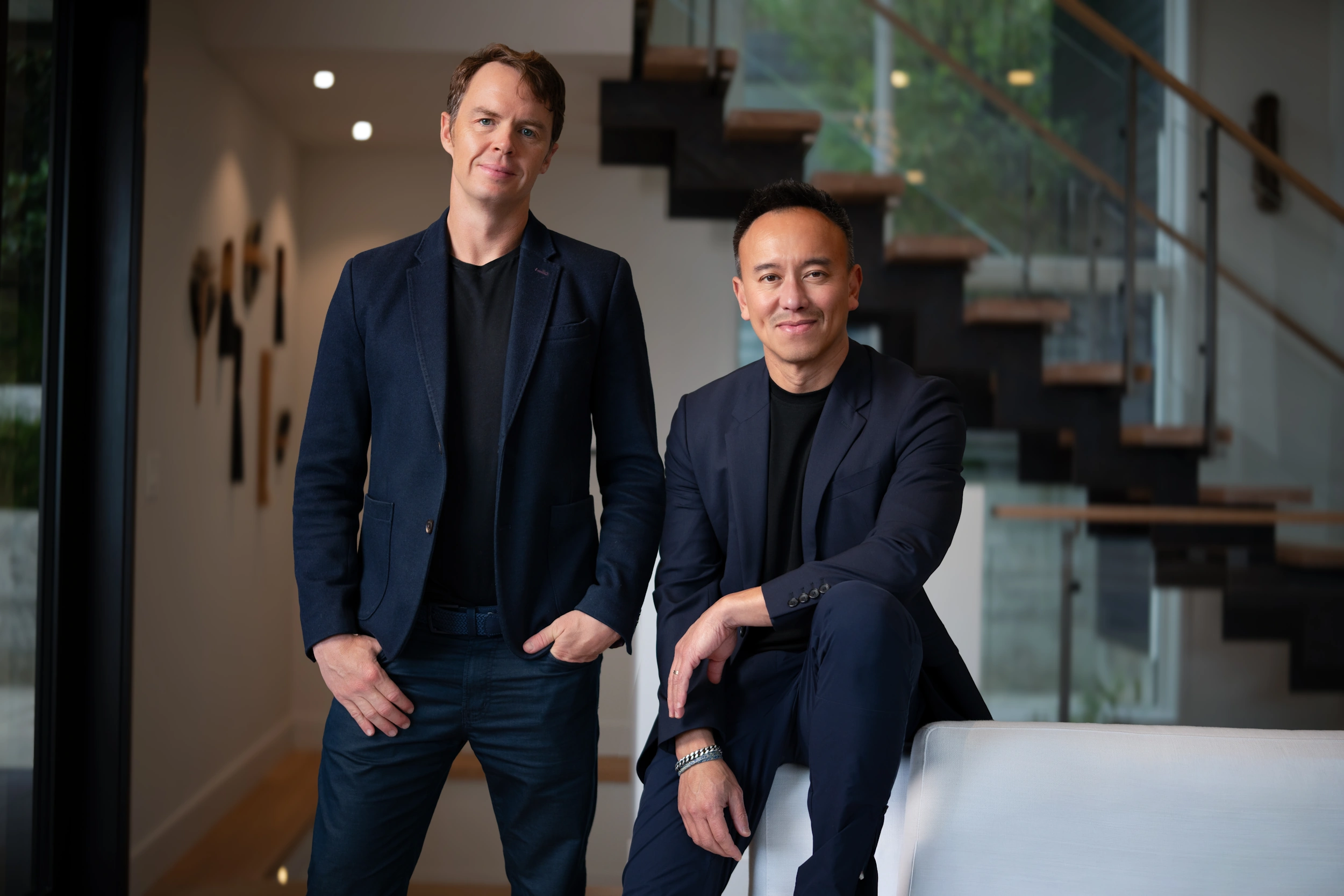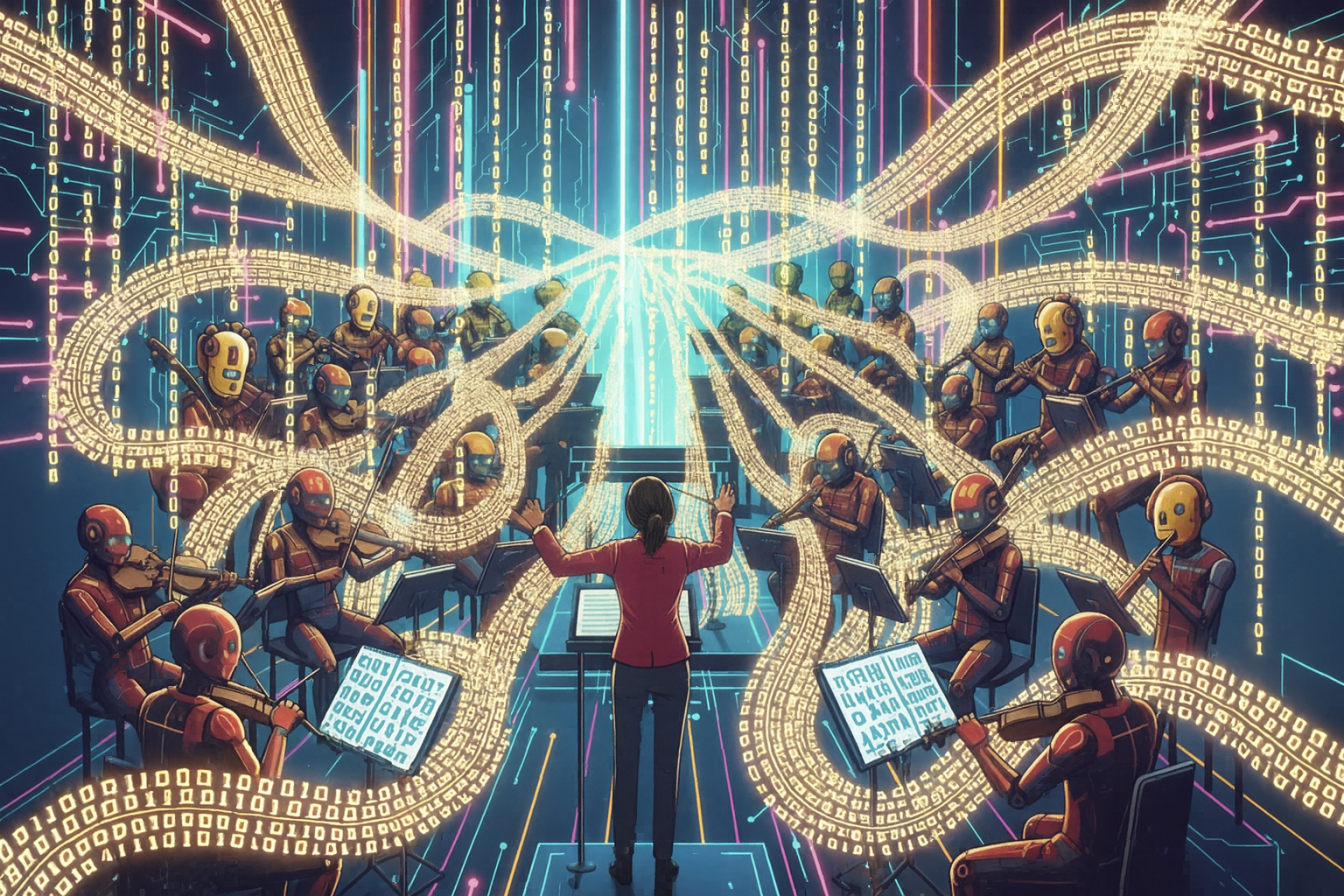Economic Health
Why We Work
While looking up at our screens for the ninth Zoom meeting, down at our leggings storing a few too many DoorDash deliveries, and back at the door separating us from the rowdy roommates mere feet away, many of us are left asking Why?
Upon entering the workforce, millions of GenZennial knowledge workers dreamed of opportunity and recognition, yet our current remote reality has left many of us with a sense of stagnation and anonymity. As we crawl out of our COVID-induced caves and collectively figure out the future of work, it is worth reflecting upon Why We Work and how new systems can better support us in fulfilling such intrapersonal aspirations.
The value of work extends far beyond the paycheck it provides. For many knowledge workers, the workplace of the past long served as a grounding force, acting as a source of both economic and social stability and strength. From breakup breakdowns with my fellow Analysts in the bathrooms of Morgan Stanley to finding shared strength through meditations with the CEOs of the Obvious portfolio, I’ve cherished the warmth and wisdom from the incredible colleagues and thought partners around me.
Yet the last year’s social dislocations and shifts away from centralized office environments have underscored society’s need for an upleveled suite of solutions to better meet the demands of the next generation of work, which will likely be hybrid, or a mix of in-office and remote, in nature. As we emerge on the other side of the most transformative year of our lifetimes, might identity, community, inspiration and purpose—principles we’ve traditionally tied to our personal lives—be what the new hybrid workplaces of the future most need to grow into?
Work as a Community Center
The onset of COVID last year catalyzed a flood of remote work musings. The Twitterati was quick to proclaim that the Bay Area was dead and that remote-first would be the new normal. Such a shift was certainly perceived as poetic by the Miami mafia. Yet, for many of us yuppies, the idea of having access to our coworkers for career coaching and offices for an escape from our apartments was and continues to be attractive (with or without the office snacks!). The office was more than just our desk; we went there to connect with colleagues, network with senior leaders, and learn from mentors. Now, after too many family Zoom bombs, a growing sense of professional insecurity, and a desire for screenless eye contact have us itching for in-person optionality. So what is likely to materialize? A mix of old and new. Our team at Obvious foresees a flexible future where offices exist for professional development, collaborative initiatives, and creative purposes while workers continue to retain a degree of choice surrounding where, when and how they work.
If we increasingly view employees as companies’ most valuable asset, then executives’ decisions surrounding remote work are likely to be the greatest drivers of value creation over the next decade. Today, employees are demanding more from their employers as their current remote realities leave them far from intellectually and interpersonally fulfilled. Looking ahead, companies will require a new toolkit to make flexible work both accessible and engaging for acquiring and retaining talent.
The Toolkit for Transformation
We’re witnessing a resurgence in the purpose-built bundling of services from value-based healthcare to video streaming. In this rebundling, user satisfaction surveys and retention data have shown us that holistic and emotionally-engaging strategies are more effective than their standalone and sterile counterparts. Yet, traditionally, our approach to remote work has been to staple together single-purpose products and force fit them into suboptimal systems of communication, collaboration, career development, and more. Might this underscore opportunities for improvement?
We hope so. As the nature of how we work evolves, we at Obvious envision a world with a more empowered, flexible, and fulfilled workforce. Our goal is to help individuals better meet their needs not simply as employees (to earn income) but as humans (to find fulfillment). Accordingly, I highlight four key intrapersonal reasons for Why We Work, which leverage researcher and author Neil Pasricha’s observations and speak specifically to the core human-centric needs our team at Obvious has observed over the course of our own personal and professional paths.
1. A Star to Strive Towards
Entry level employees and seasoned professionals alike desire to understand how their work contributes to the output and impact of their broader organizations. Feeling part of something bigger than ourselves gives us a sense of purpose and collective progress. If you’ve spoken with a GenZennial as of late, they have most likely reminded you that “they care.” Now more than ever, employees are demanding more of their employers with respect to mission and impact. It’s no coincidence that employers with highly satisfied employees score 14% higher on Environmental, Social and Governance (ESG) performance than their average peers. Companies, as a result, are being forced to step up to remain competitive in today’s labor market (and I’m all about it!).
As companies reassess OKRs and reassert their missions in the coming quarters, they would be wise to ensure collective awareness and understanding of such ambitions and establish clear systems of measurement to track their successes and shortfalls. Through such alignment, companies will be able to enhance workers’ sense of contribution and shared ownership in the forever evolving new normal. So, how can frameworks facilitating greater transparency and employee feedback better support strategic processes for the employers of tomorrow? And what tools will enable executives to more effectively track and convey company objectives and outcomes to engaged employees?
2. Social Support
2020’s relative social isolation reminded us of the power of interpersonal support and connection. A tribal species at our core, we are programmed to draw strength from our communities, be they personal or professional. When asking individuals what they like most about their employer, one of the most frequent answers is “the people.” Because our professional communities represent the people we interact with most consistently, how we engage matters…a lot.
Looking ahead, collaborative software solutions must make remote work more social and engaging, and less transactional. Ideally, such solutions will also better equip managers to replicate in-office support structures for their employees, wherever they may be. Furthermore, the continued growth of cross company communities should support individuals in finding axes of affiliation beyond their corporate logos. So, what offerings—from coaching and data-driven resource recommendations to platforms that enable spontaneous socialization and incentive alignment—will most effectively serve the needs of diverse demographics? And to what extent can technology and AI actually augment the connections that define our existing structures of support?
3. A Source of Stimulation
Mobility ignites motivation. The engaged among us are constantly seeking ways to learn and grow within both our personal and professional orbits. To meet these needs, companies must find creative ways to develop and retain the top performers of today and tomorrow. With intergenerational mobility falling to post WWII lows in recent years, we risk exacerbating such trends as we move away from co-located training, meaningful mentorship, and spontaneous network development.
Accordingly, the next generation of talent development solutions will need to be built with geography-agnostic distribution in mind. So, will employees find the greatest degrees of near-term fulfillment and longer term opportunity by uncovering tactical technical skills or exploring their enigmatic soft skills? And how will the platforms of tomorrow measure outcomes and deliver feedback in a manner that both informs and inspires?
4. A Sense of Structure
American labor unions invented the 9-to-5, and for centuries, work offered a predictable and secure routine. However, the events of 2020 have more recently shone a harsh light on the dilapidated fence currently separating our professional and personal schedules and the associated sense of rising instability. Moving forward, flexible work must support a work-life balance that accommodates our desire to be productive while also tending to our personal lives. That may require better approaches toward asynchronous engagement and collaboration, where employees are empowered to work whenever they’re at their best…and turn off for predictable periods to recharge and prevent 2020-like lows.
In an effort to offer similar stability and safety from the ups and downs thrown our way, companies can consider redirecting some of the 32% of compensation that is currently spent on benefits towards at-home or remote offerings that support this semblance of routine. So, how will organizations personalize such offerings—be they through comprehensive benefits marketplaces or AI-enabled consumer-facing applications—to best meet the needs of a broadening base of employees as their geographic scope expands beyond the radius of HQ? And to what extent will norms established at the top define the day-to-day of talent across tiers?
These days, I am frequently reminded of the words of Heraclitus who said that “The only constant in life is change.” In accepting this reality, how can we build more dynamic solutions that empower people to both fulfill their purpose and reach for growth in their professional lives?
At Obvious, we believe that by taking a more holistic approach to work, we can enhance the lives of employees, their families, and their end customers…as well as bottom line results. By addressing the gaps emerging as a result of a structural shift towards hybrid employment, trillions of dollars of market cap will be created—aligning with our belief that the largest companies of our time will utilize breakthrough technologies to solve systemic problems in a profitable and scalable way. If you’re equally as inspired by the potential for purpose-built technology to transform our professional futures, we’d love to hear from you.
Obvious Ideas







